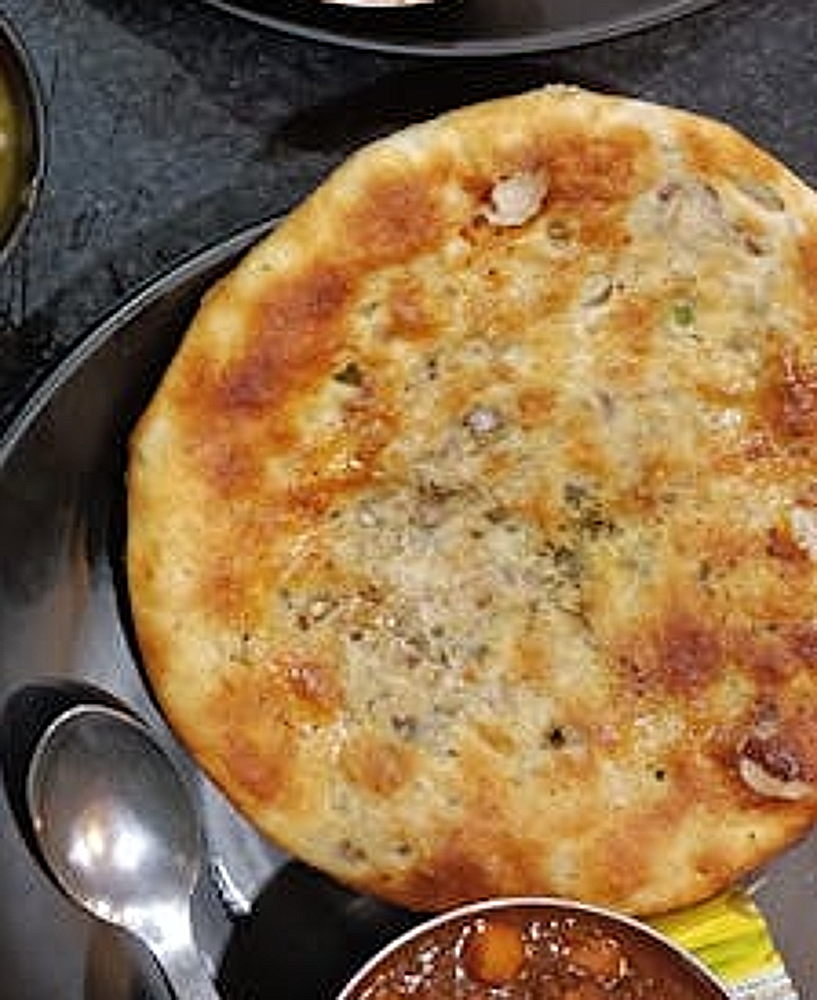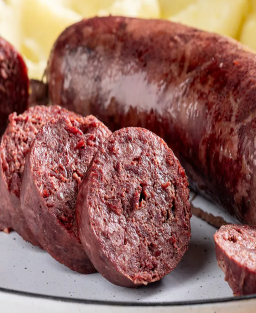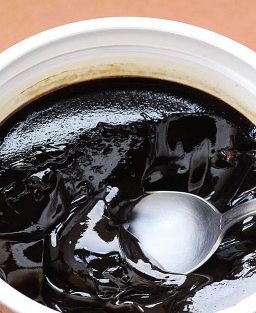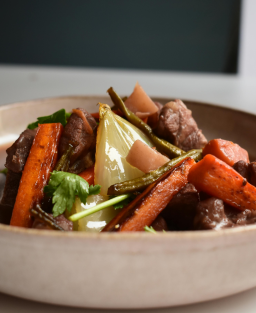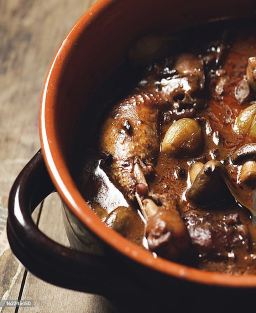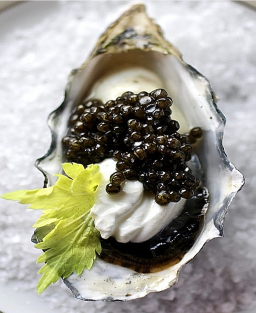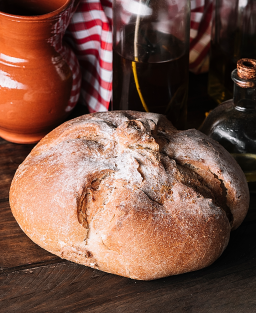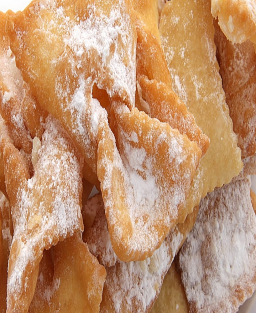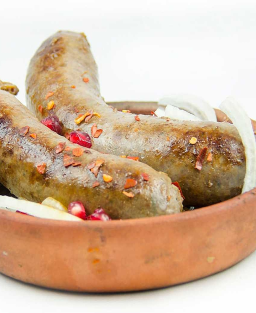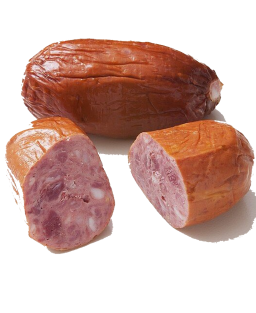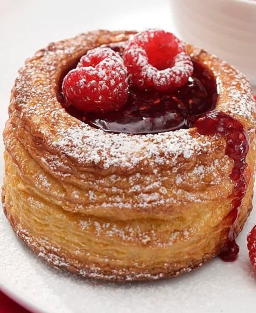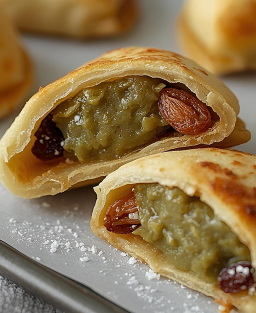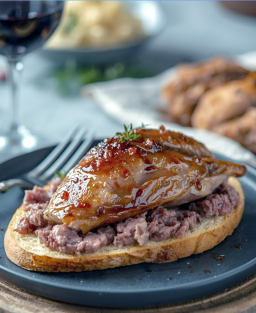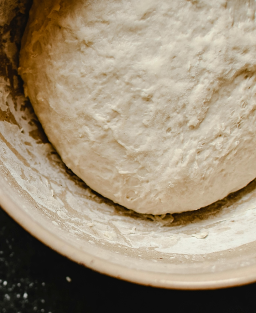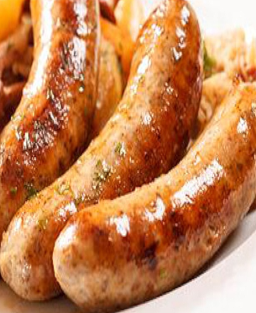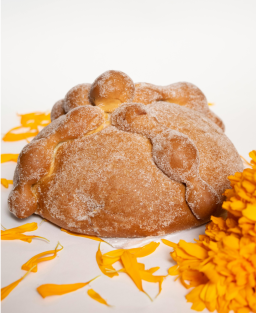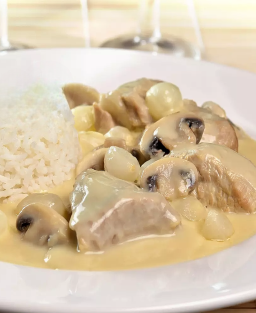Niçoise Socca – Traditional French Recipe
Niçoise Socca – Traditional French Recipe
Other Names
Socca de Nice, Socca Nissarda (in Niçois), Farinata (related Ligurian name)
Description
Discover the traditional recipe of Niçoise Socca, a culinary emblem of the County of Nice and the Mediterranean, passed down since the 18th century. This thin, golden pancake is crispy on the edges and soft in the center, made from chickpea flour, water, and olive oil. Served piping hot straight from the wood-fired oven, Socca exemplifies the authenticity of Niçoise culinary heritage and the refined simplicity of Southern French cuisine.
Anecdote or Saying
“La socca, se manja cauda e en companhia!”
(Socca is eaten hot and in good company! — traditional Niçois saying)
Legend or Story
Legend has it that during a siege in the 17th century, the inhabitants of Nice, running out of wheat, prepared a dough from soaked chickpeas. Accidentally poured onto a hot tray, it became this golden pancake. Hungry soldiers reportedly shouted “Socca! Socca!”, from soca, meaning ember in Niçois. This is said to be how this popular dish, symbolizing unity and Mediterranean warmth, was born.
Geographical Origin and Status
-
Country: France
-
Region: Provence-Alpes-Côte d’Azur (County of Nice)
-
Official Status: Traditional recipe, not AOP, but locally codified
-
Recipe Creator: Popular transmission blending Niçoise and Ligurian traditions
-
Codified Recipe: Yes
-
Traditional specification: chickpea flour, water, olive oil, salt, wood-fired oven
-
-
Certification Body: Association for the Preservation of Niçoise Cuisine (Nice Côte d’Azur Patrimoine Culinaire)
History
Niçoise Socca originated from maritime trade between the Ligurian coast of Italy and the County of Nice in the 18th century. The ports of Genoa and Nice actively traded chickpea flour, a staple of Mediterranean popular cuisine.
Derived from the Ligurian Farinata, Socca quickly became popular in the markets and squares of Nice, baked in large tinned copper trays in bakery wood-fired ovens.
In the 19th century, it became a staple street food. Mobile vendors, called soccaïres, carried it on carts equipped with charcoal ovens. The aroma of olive oil and roasted chickpeas drew passersby, who enjoyed their hot portion wrapped in paper cones.
Socca thus came to symbolize simplicity and conviviality, a humble dish rich in flavor and history.
From the 1950s, with the rise of tourism on the French Riviera, it became an identity dish and a symbol of Niçoise heritage, alongside pissaladière and Niçoise salad.
Today, its recipe is jealously preserved, codified by local artisans, and its know-how transmitted in emblematic establishments of Old Nice.
Emblematic Chefs and Contributions
-
Thérésa, Old Nice: Maintains wood-fired oven cooking and spatula service.
-
Chez René Socca, Nice: Thicker version, served crispy and generously oiled.
-
Lou Pilha Leva, Nice: Cooked on a refractory stone for a more uniform texture.
-
La Soccatra, Cagnes-sur-Mer: Gastronomic interpretation using AOP Nice olive oil.
-
Chef Jacques Maximin: Modern reinterpretation served as a crispy amuse-bouche.
-
Maison Barale: Absolute fidelity to tradition, no variations or ingredient additions.
Recipe Description
-
Dish Presentation: Golden pancake, thin, flexible in the center, crispy on the edges.
-
Dominant Flavors: Roasted chickpea, olive oil, light smoky note from the wood-fired oven.
-
Culinary Specifics: Intense cooking on an oiled tray, fluid batter, immediate consumption.
-
Required Utensils: Socca tray (copper or steel), whisk, mixing bowl, wood-fired oven (or convection oven).
Ingredients (serves 4–6)
-
Chickpea flour: 250 g
-
Water: 500 ml
-
Extra virgin olive oil: 4–5 tbsp (2 for the batter, the rest for greasing the tray)
-
Fine salt: 1 tsp
-
Ground black pepper (optional, at serving)
No eggs, milk, or aromatics are allowed in the traditional version.
Preparation and Method
-
Preparation Time: 15 min
-
Dough Rest: 1–2 h
-
Cooking Time: 8–10 min
-
Difficulty: Easy
Steps:
-
Sift the chickpea flour into a large bowl.
-
Add salt, then gradually whisk in water.
-
Add olive oil and mix until the batter is smooth.
-
Cover and let rest for 1–2 hours at room temperature.
-
Grease the socca tray with olive oil.
-
Pour the batter to a thickness of 2–3 mm.
-
Bake in a very hot wood-fired oven (280–300 °C) until golden.
-
Cut with a spatula and serve immediately, piping hot.
Regional Versions and Variations
-
Ligurian version (Farinata): Thicker, baked in individual dishes.
-
Toulon version: Flavored with rosemary or pepper.
-
Contemporary version: Served as thin chips or crispy appetizers.
-
Gastronomic version: Presented in tiles, with tapenade or grilled red mullet.
Tips and Recommendations
-
Chef’s tip: Preheat a refractory stone in your home oven before placing the tray to replicate a wood-fired oven texture.
-
Mistake to avoid: Never make the batter too thick (maximum 2–3 mm).
-
Finishing tip: Add pepper generously right after baking to enhance aroma.
Recommended Wines and Drinks
-
Recommended Wine: Bellet white AOP — floral, mineral, lightly salty.
-
Suggested Vintages: 2020, 2021, 2022 (depending on availability and quality)
-
Other Options: Light Provence rosé, vintages 2021–2023
-
Non-alcoholic Alternative: Iced green tea with lemon or fresh rosemary infusion
Culinary Glossary
| Term | Definition |
|---|---|
| Chickpea flour | Flour obtained from ground dried chickpeas, widely used in Mediterranean cooking, high in protein, naturally gluten-free. |
| Farinata | Ligurian name for Socca. Chickpea flour pancake, popular in Liguria (Italy), direct ancestor of Niçoise Socca. |
| Socca Nissarda | Name in Niçois for Socca de Nice. Literally “pancake of Nice.” |
| Socca tray | Large metal tray, often copper or steel, used exclusively to bake Socca. Ensures even cooking and a thin golden crust. |
| Wood-fired oven | Traditional oven heated with wood. Provides intense and even heat, ideal for the signature crispiness of Socca. |
| Gentle convection | Professional oven mode with moderate airflow for even cooking without drying out the batter. |
| Refractory stone | Special stone with high heat capacity, used to replicate wood-fired oven effect in a domestic oven. |
| High-temperature baking | Quick baking at 280–300 °C to create a golden, crispy crust while keeping the interior soft. |
| Ground black pepper | Traditional seasoning added after baking to enhance Socca aroma. |
| Dough rest | Phase (1–2 h) allowing the chickpea flour to absorb water and achieve a smooth, fluid texture. |
| Sift | Passing flour through a sieve to remove lumps and obtain a fine, uniform batter. |
| Metal spatula | Tool used to cut and serve Socca straight from the oven, producing irregular strips characteristic of traditional service. |







